
No matter where an artist is at in their career, a comeback is challenging. For senior artists, the key is how to take an identity they’ve established a step further in a way that’s coherent, yet showcases difference and growth. For rookies, carving out a conceptual and musical niche for themselves is crucial to plot the trajectory that lies ahead. Qing and Vivien discuss the mix of artists senior and junior whose comebacks hit the mark.
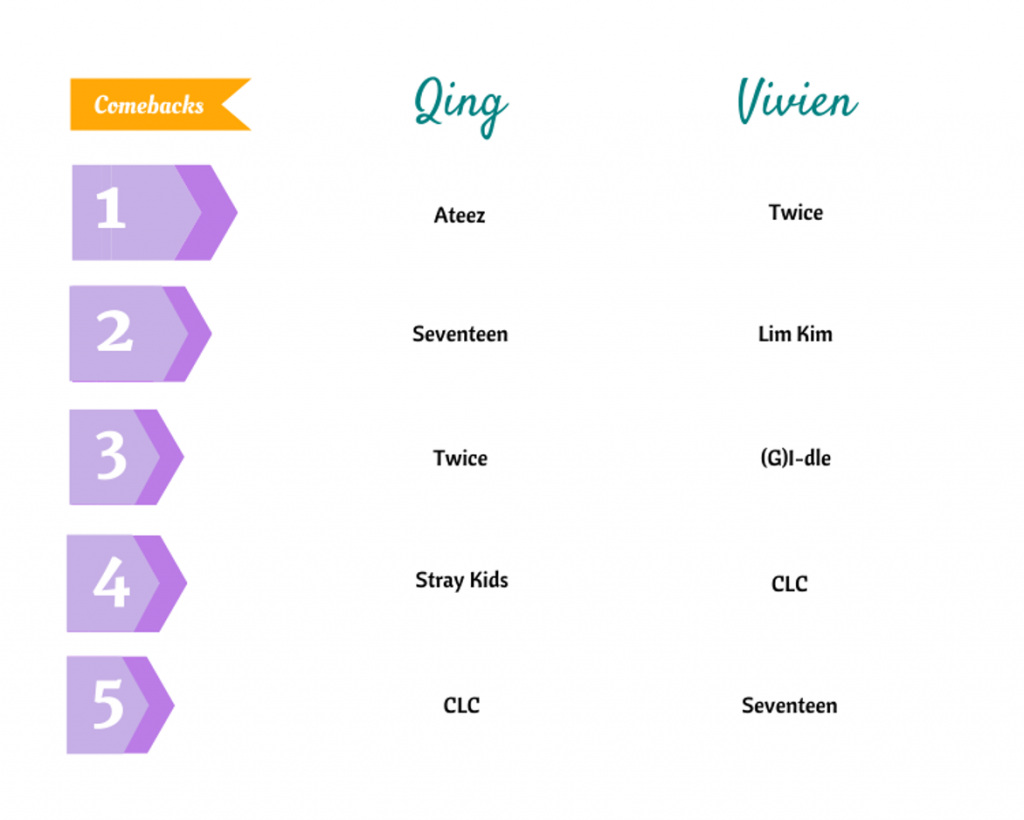
Qing: Of the three picks we have in common, Twice ranks highest on our lists. While their debut balanced youthful freshness with an edgy vibe, the breakout success of “Cheer Up” and Sana’s unexpectedly viral “sha sha sha” move pulled the group firmly in a cutesy direction. That worked for a few comebacks, but somewhere between 2017’s “Knock Knock” and 2018’s final release, “Yes or Yes”, their title tracks started to blend into each other. They seemed destined to release similar music for the rest of their career.
But “Fancy” and “Feel Special” proved that Twice were capable of growing while staying true to their cheerful, bubblegum-pop driven sound. What drew you to their comebacks?
Vivien: Twice were definitely my standout! I struggled to pick my other choices, but “Fancy” and “Feel Special” were such strong comebacks that they easily took number one. I’m not a Once, but Twice’s title tracks were consistently catchy and I liked the group’s individual characters and overall balance. As you say, though, they were starting to grow out of their cutesy style, and 2019 was the perfect timing for them to try something new.
Still, I was surprised by just how well they executed this character development. An evolution as smooth, natural and organic as Twice’s is rare, at least within K-pop–changes in concept are more often a result of upper management decisions than anything the artists initiate themselves.
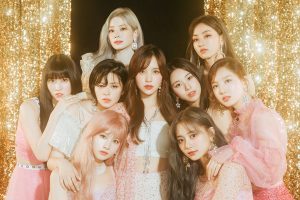
However, thanks to great songwriting (as usual) from JYP and Black Eyed Pilseung, shrewd management from JYP Entertainment, and an astonishing show of solidarity and authenticity from the group (with regards to Mina’s mental health and “Feel Special” which addresses it), Twice managed to have two comebacks that maintained their melodic and fun style, whilst also experimenting with more sophisticated genres and serious topics. Both are feel-good earworms that beat out most of the year’s releases for sheer catchiness, and I like their simple pop production and focus on good songwriting.
Qing: Not to forget the dances for both tracks also showcased more dynamism and skill than previous choreographies. Most importantly, though, Twice move away from being the girl on the sidelines—attracting admirers (“Like Ooh Ahh”), cheering up a loved one (“Cheer Up”), sulking at a love interest (“TT”), and wondering what love is (“What is Love”). “Fancy” shows them taking initiative in approaching someone they’re attracted to, while “Feel Special” is infused with vulnerability and gratitude.

Like Twice, Seventeen shifted from their signature bright image towards themes that reveal more vulnerability and strength. I’ve gushed plenty about “Home” in the Mid-Year Review; “Hit” followed up with a confident message about their music reaching new heights, channelling an explosive energy and featuring challenging choreography. While “Fear” wasn’t the strongest comeback they’ve had, it was the most intensely personal and honest the group have been about their insecurities, and the MV and choreography were executed with finesse to support the titular message.
Ultimately, Seventeen placed above Twice for their storied, virtuosic choreography and the more personal tone of their comebacks. I have more to say about the theme of vulnerability with Stray Kids, but before that, Vivien, what put Seventeen on your list?
Vivien: For me, it was the combination of three very good, very different title tracks, backed by their signature dance performances and high production quality. These comebacks made their impact by scoring well on all fronts–as expected of this incredibly consistent and multi-talented group. The dance break in “Hit” and gorgeous MV shots in “Fear” both had my jaw drop, and I like how they’re moving towards more sophisticated concepts overall.
That said, I deliberated on adding them to my list. Even though these songs all had great concepts, musical production, and MVs behind them, I didn’t find myself listening to them much after their release, compared to earlier title tracks like “Mansae”. I also personally didn’t experience as strong an emotional impact from “Home” or “Fear” as I did from “Don’t Wanna Cry” and “Thanks”, and that’s why these comebacks missed their mark just a little bit for me.
The other common denominator in our lists is CLC; what did you think of their releases and overall trajectory this year?

Qing: CLC finally hit a conceptual sweet spot after years of wading through cutesy concepts that neither suited them, nor the tone that their refreshing debut set. Their take on the girl crush is understated but confident, and provides room for variation, as their three comebacks prove.
Like Twice, CLC are empowered through a newfound sense of agency. Instead of having an image imposed on them, they are given the voices to define and assert their image. They reject typical markers of beauty in “No”, and in “Me”, they meld together qualities of beauty usually regarded as mutually exclusive—innocence and glamour, purity and arrogance. In “Devil”, they reclaim a common insult towards women—being labelled a she-devil—to warn a love interest against the consequences of mistreating them. Similar to “No”, “Devil” emphasises how women don’t need to appear a certain way to assert their identity and power.
Although I was thoroughly impressed by the cohesiveness of CLC’s themes of female empowerment across their comebacks, their choreography and production choices were weaker than my other picks. Still, they’ve had a strong year, and I’m glad; it’s not often that non-A-list female groups can bounce back this far into their careers.
You have CLC’s labelmates, (G)I-dle, at number three. What did you like about CLC, and what put (G)I-dle a notch above?
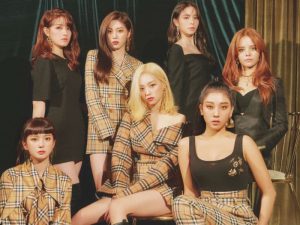
Vivien: To be honest, CLC were barely on my radar before this year! I liked “Pepe”, but it felt like a song that could easily have been given to another group, and there wasn’t much that set this one apart from others.
That changed with “No”, though–I really liked the intricate production and badass hook, as well as the overall concept. The production especially is so much grittier than most girl group fare, and I like how it subtly changes throughout the song.
They followed it up with “Me”, which was good apart from the noisy synth, and “Devil” was as catchy and enjoyable as Super Junior’s hit of the same name. As you say, it feels like CLC have found their own style this year, and they’re not only releasing better music, but music with a stronger sense of purpose.
By contrast, (G)I-dle established a powerful, unique style from the very beginning and have always been confident and assertive with their comebacks. Admittedly, they seemed to take a step back with “Senorita” and “Uh-Oh”, in terms of the innovation in their music and impact of their concepts. However, I think they took two steps forward with “Lion”, the final song and performance from their stint on Mnet’s girl group competition show, Queendom.
The song is just so dense with conceptual imagery, in both the lyrics and music, and it was beautifully visualised in the performance version and MV. They took a risk with the dark, chilling ditty that Minnie and Soojin croon at the beginning and end, and it paid off–it’s my favourite part, and it makes the song much more special. They showed real growth during Queendom, in terms of choosing, refining, and executing concepts, and the result of that growth was “Lion”. Hopefully, it’ll also mean even more impressive comebacks next year.
Anyway, I just found out that Soyeon co-wrote and produced CLC’s “No”, so perhaps it wasn’t so surprising that I liked it then!
Qing: Watching the MV, it’s hard to believe (G)I-dle are rookies. Comebacks are challenging for rookies, but boy, did the class of 2018 debuts deliver. Like (G)I-dle, Ateez and Stray Kids put out some of the most exciting music of the year. They hit the killer combination: outstanding music, a compelling narrative across comebacks, and imaginative choreography.
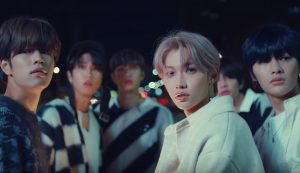
Stray Kids’ Clé series made an unexpected narrative choice. Instead of progressing from confusion to clarity the way their debut I Am series did, here, they do the reverse. “Miroh” celebrates soaring to greater heights without restrictions; “Side Effects” is a desolate, shocking discovery that they are still shackled by uncertainty; and “Levanter” is a subdued balance between vulnerability and hope. Musically, they struck gold experimenting with psychedelic trance, which injects their titles with a dizzying, intoxicating energy that’s sorely lacking in K-pop as of late.
Ateez’s Treasure series also takes the form of a journey, but it’s executed with more sophistication. From their debut, their music and concepts have been steeped in an extended metaphor of a nautical journey, which Ateez embark on in search of figurative treasure. There’s continuity between each comeback: “Say My Name” gathers the crew, “Wave” and “Illusion” portray the camaraderie and excitement of the journey, and “Wonderland” is filled with the promise of more journeys to come. The choreography is continuous as well, containing visual echoes of earlier dances.
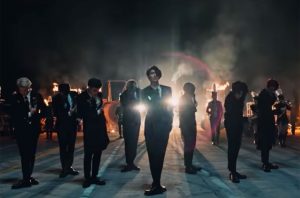
Most importantly, the sense of a journey permeates the music itself, an aspect that many groups neglect in pursuing narrative concepts. There’s thematic and musical coherence within and across all three albums, and the transitions between tracks are impeccable. The music crests and falls—like a journey filled with twists and turns—always holding the listener’s attention, and never producing aural whiplash. I simply don’t remember the last time a K-pop comeback hit all the marks with such purpose and conviction, a quality that earned them the unequivocal top spot on my list.
Vivien: I agree that a strong narrative concept, consistently reinforced in every aspect of a project (including music, lyrics, performance, visuals and nowadays social media), can make it incredibly immersive and exciting! For me, Lim Kim really hit that spot. Unlike the others, she had a comeback in the traditional sense of the word–after releasing some quirky, light pop tracks, she disappeared for four years before releasing her artistic rebirth EP, Generasian.
Her title track, “Yellow”, blew me away–rapping in flawless English about Asian female empowerment, over a harsh, industrial track mixing traditional Korean instruments with hip-hop beats, she showed fearless creativity in a very conservative industry. Her transformation was so liberating and complete that it inspires me to transform myself–which is as much as you can ask from any artist!
To finish off, my honourable mentions go to WayV, Chungha, Mamamoo and Exo. I’m glad we had an array of great comebacks to end the decade on, and I’m looking forward to seeing what the next decade brings.
Qing: I’m handing out honourable mentions to Golden Child–“Wannabe” is one of the most sonically curious mid-tempo tracks I’ve heard–and Oh My Girl, whom I featured in the Mid-Year Review. WJSN had a great album in As You Wish too.
K-pop has always been strong on concepts, but it’s less predictable musically. Recent years saw K-pop sliding down the slippery slope of the monogenre, but a deep dive into our lists proves that there’s hope yet. K-pop has its genre fads, and we’ve been stuck in the current funk for longer than previous trends, but it’s always moving on to something new. And with that, endless possibilities await.
If you enjoyed this discussion, check out our previous Mid-Year and End-of-Year Comebacks posts here: seoulbeats.com/tag/best-comebacks/

